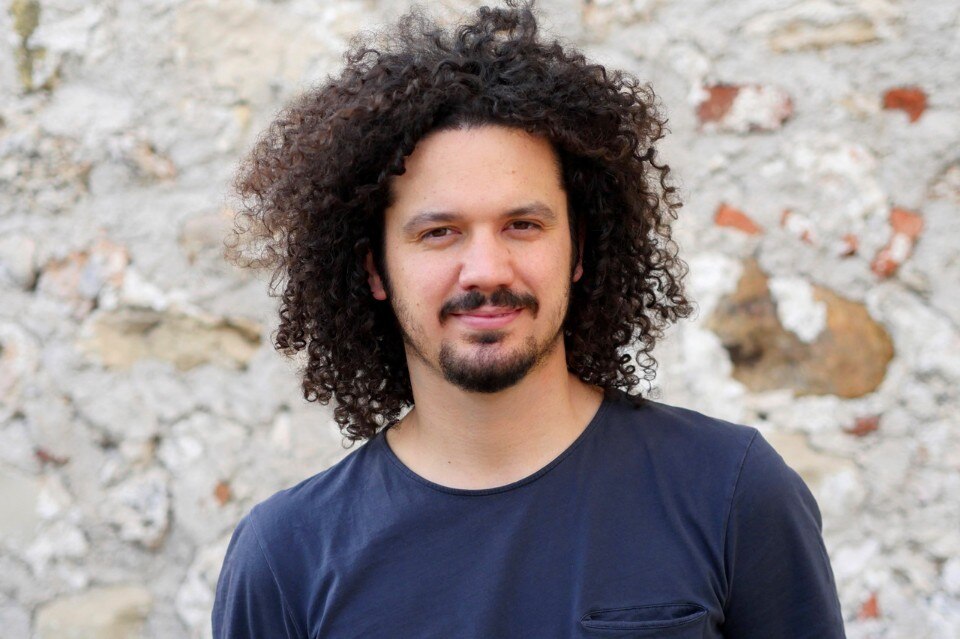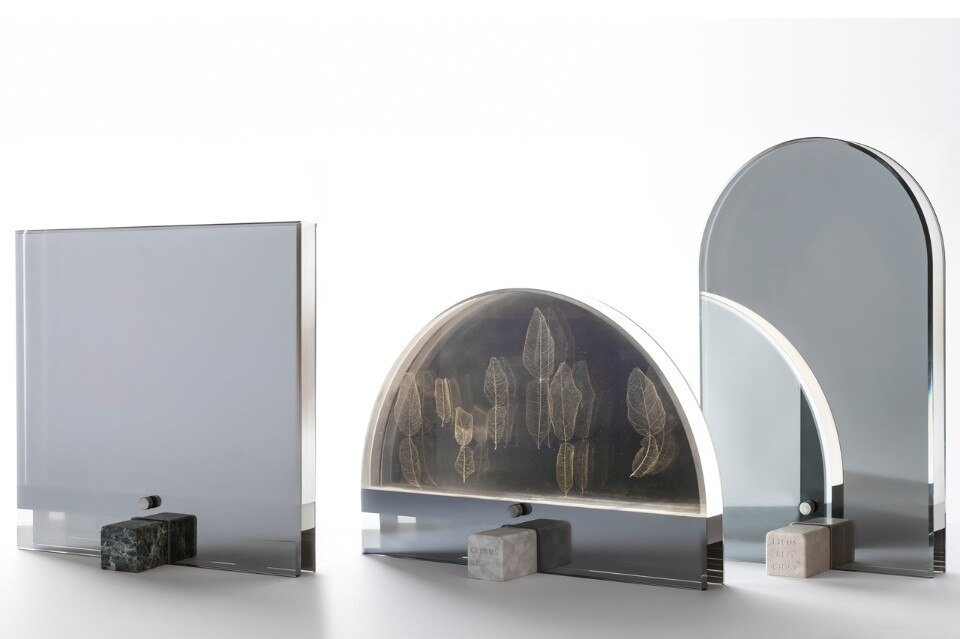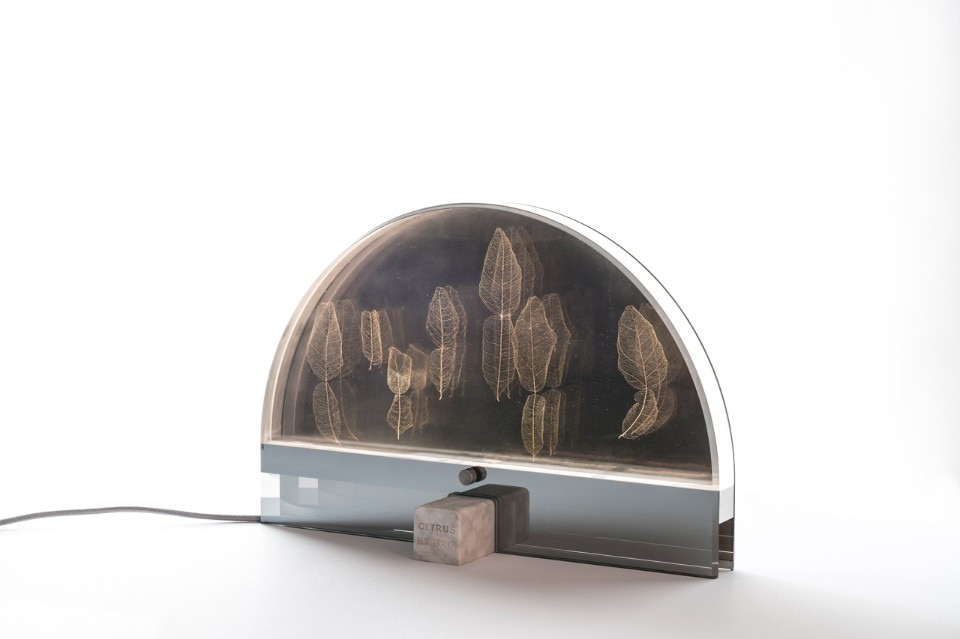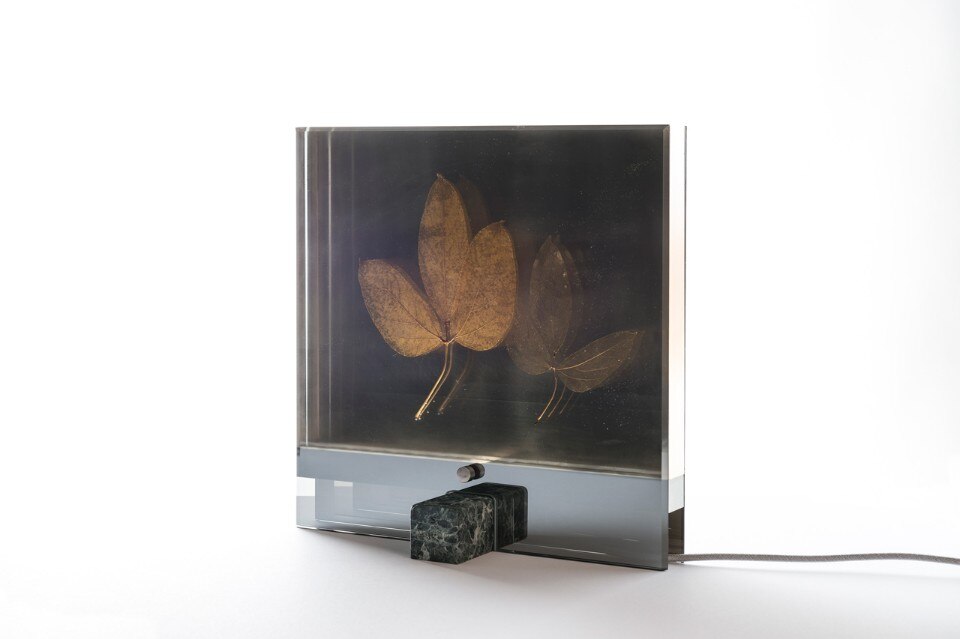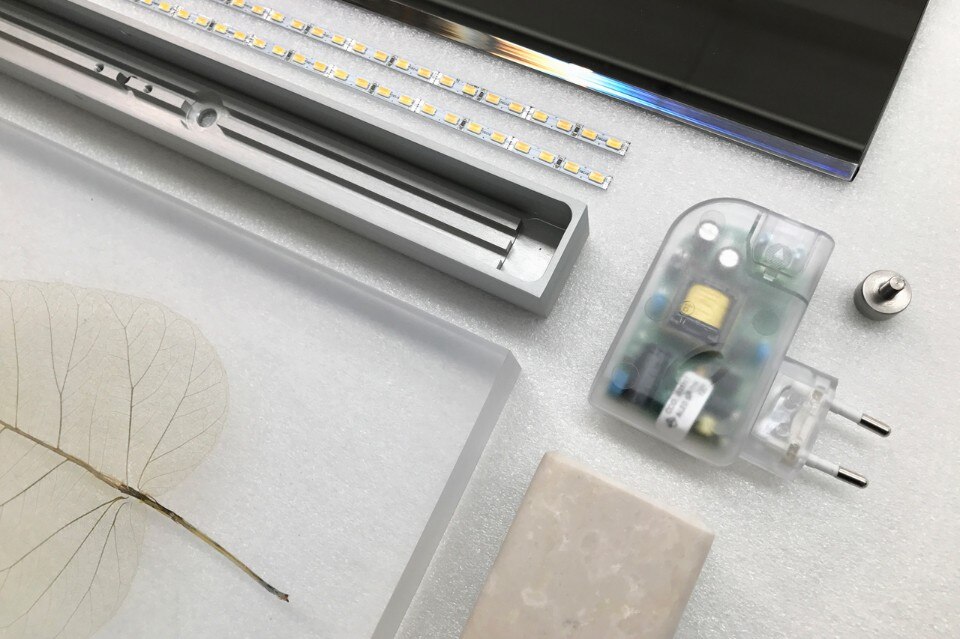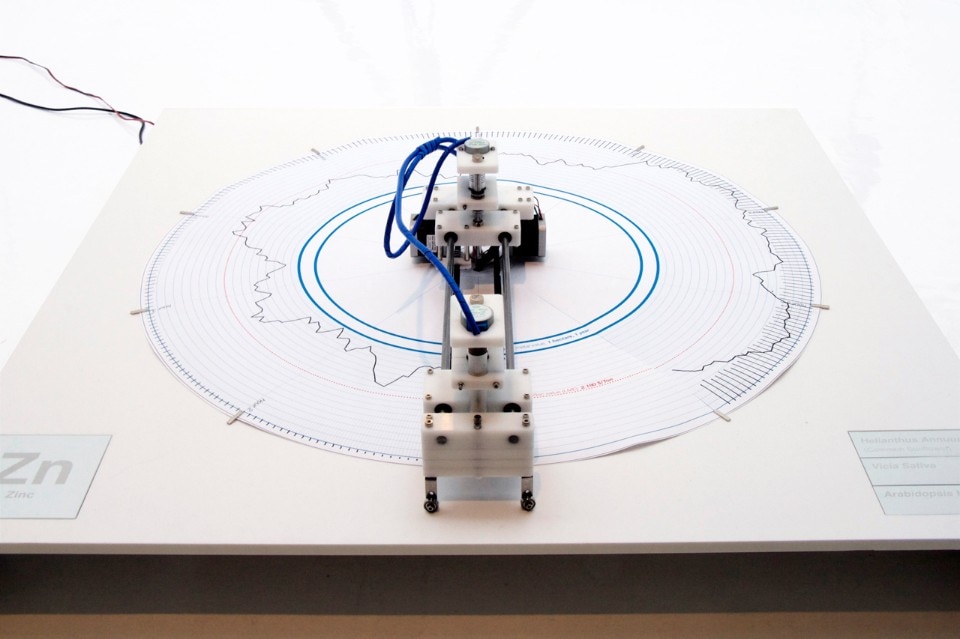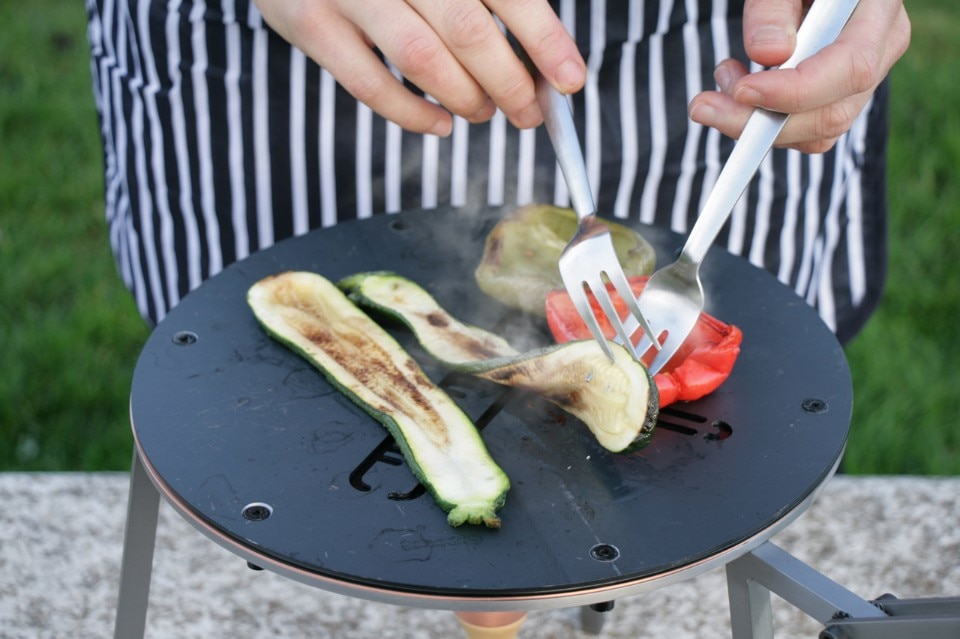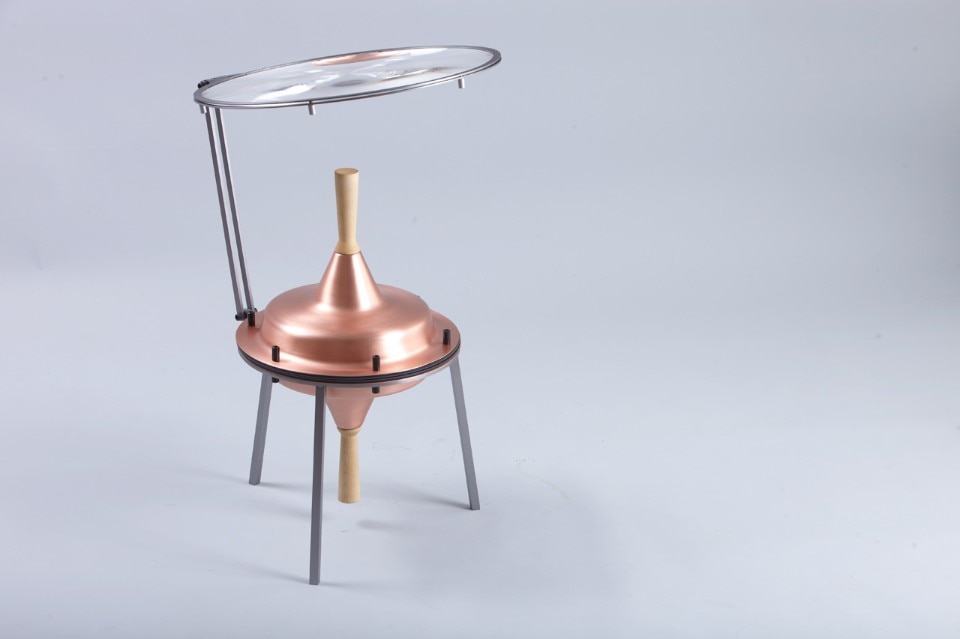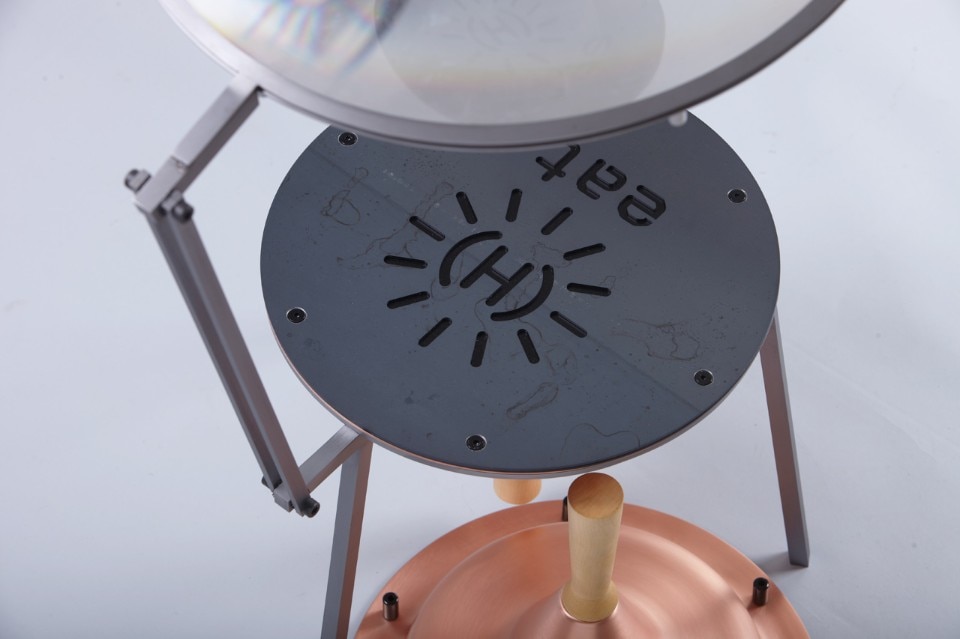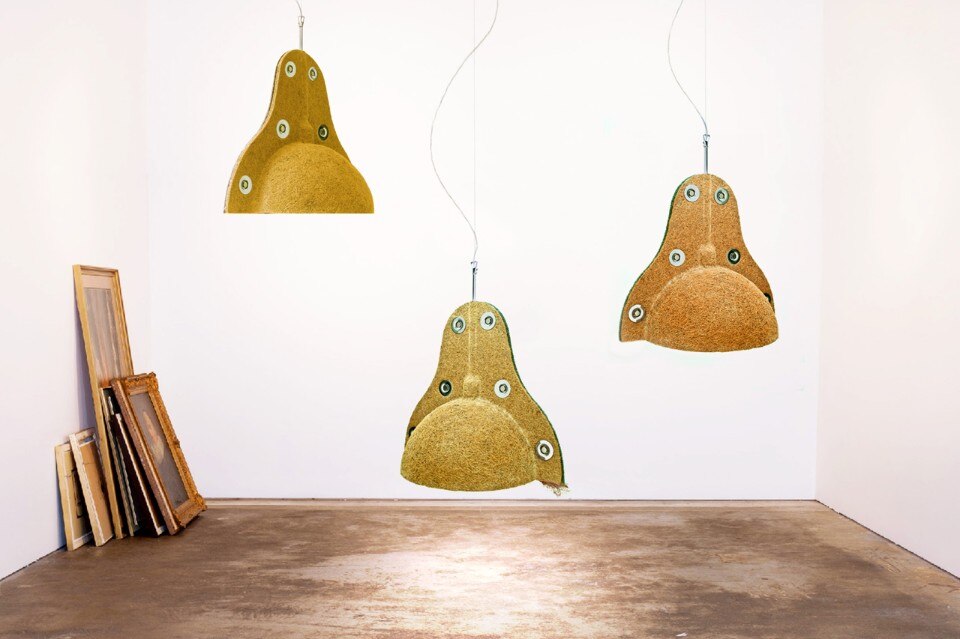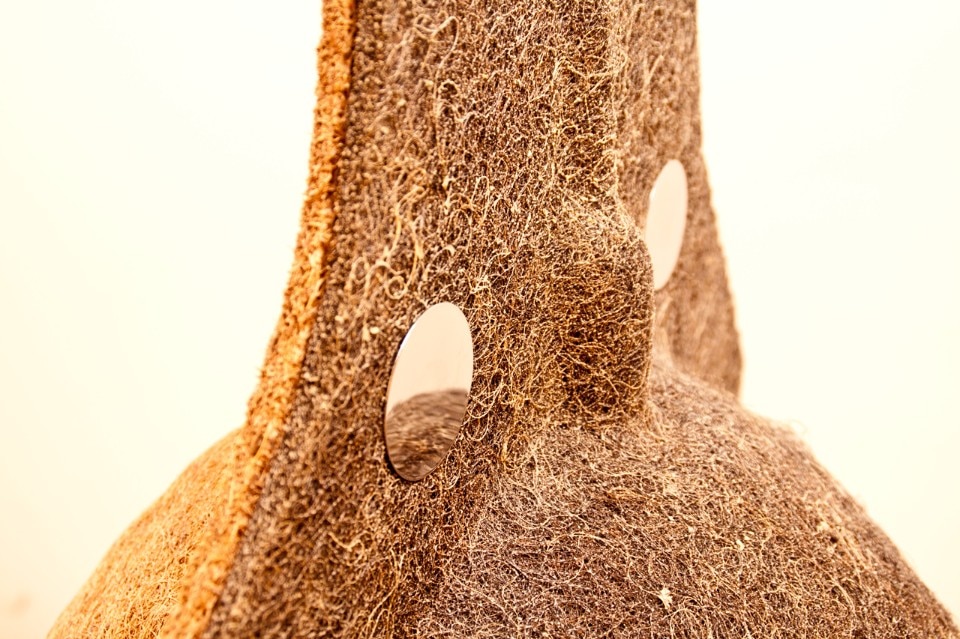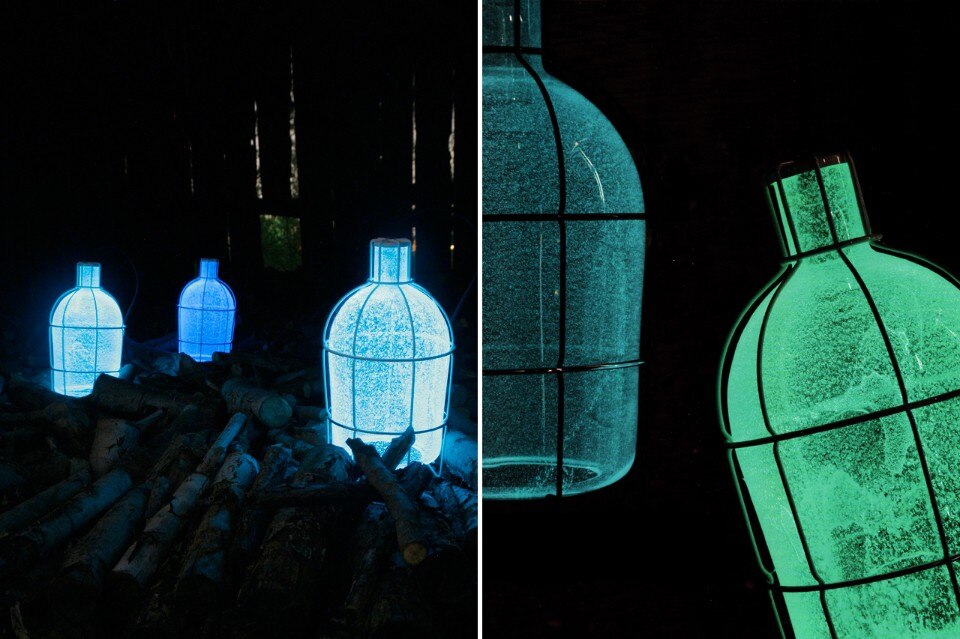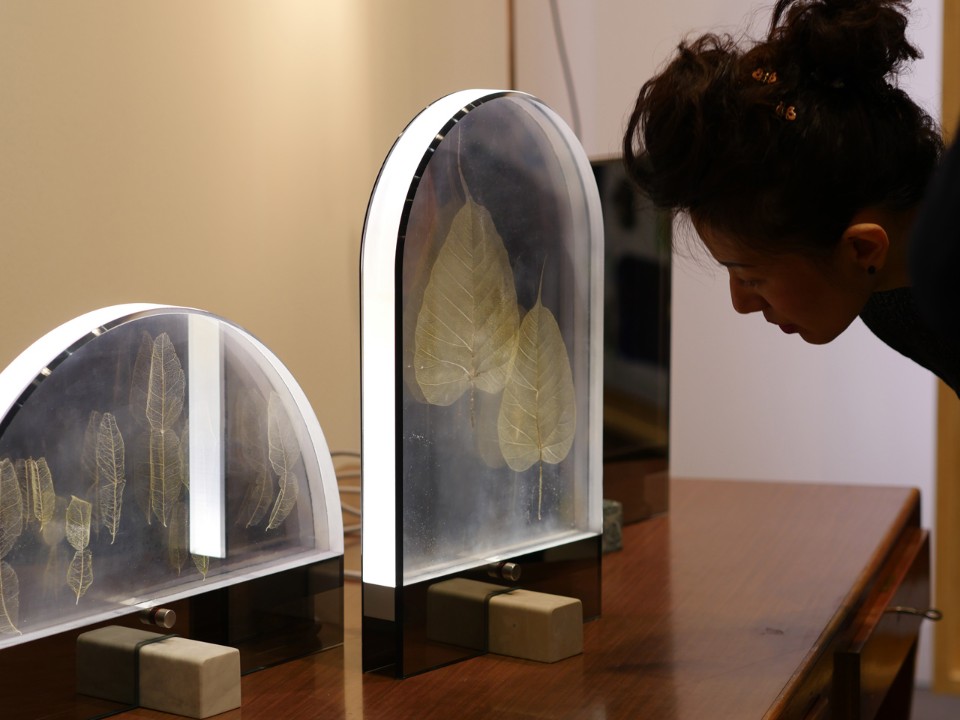
Marco Petroni: Gionata, let’s start with the Technofossils project presented at Miart and at the Design Week. What’s it about?
Gionata Gatto: Technofossils started from work I did with Geomerce, a project developed with Giovanni Innella in 2016. Taking the research in a new direction, I analysed a laboratory procedure introduced in palaeontology to study the evolution of pattern and venation in the vegetable kingdom. It is called leaf-clearing and allows you to “skeletonise” leaf tissue, producing taxonomies of “vegetal architecture”. It’s a way of identifying part of the evolutionary changes in the planet's flora. More specifically, the project pairs the skeletonisation process with the use of light. It's an attempt to bring back traces by using radiative light. This illuminates, from below, a selection of skeletonised leaves set in a transparent resin. Given the light conduction of the plastic material, the light illuminates the architecture of the leaf – its ethereal structure returns and becomes visible. Each one of the lights created is a visible/invisible representation of a history, a sort of techno-fossil of the wood/laboratory. It has a hybrid nature that is both vegetal and artificial. The objects are at once light, refractions, leaves, chemistry, heat, multiplications, superimpositions and interweavings, and unique and indivisible. The friction between these elements is what has inspired this new work.
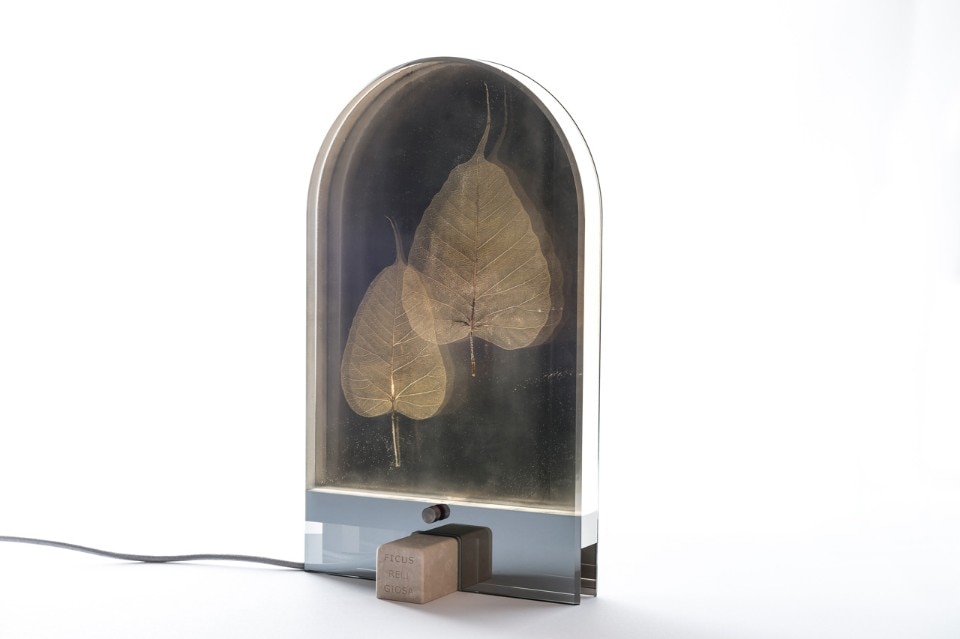
Marco Petroni: The study of plants and of flora in general is gaining increasing centrality in your work. Where did this particular interest come from? What new perspectives does it open up in the field of design?
Gionata Gatto: Years ago, I followed the TV appearances of the biologist Stefano Mancuso, who presented the research done in his laboratory in the field of electrophysiology, but most of all his perspective on plant life. I deepened my knowledge of his view by reading some of his books and later by spending some time in his research department. Starting from this experience, I realised how little we understand the “language” of plants and, above all, how its components, at times very complex, are founded on evolutionary facts based in their turn on a multitude of multispecies interactions. It is a language that, although uncodifiable, is still a neighbour to ours. In some ways, it needs to be assimilated so we can better understand the past and design new “possible futures”, as you might call them. In my view, imagining these futures implies thinking in speculative and trans-disciplinary terms more and more.
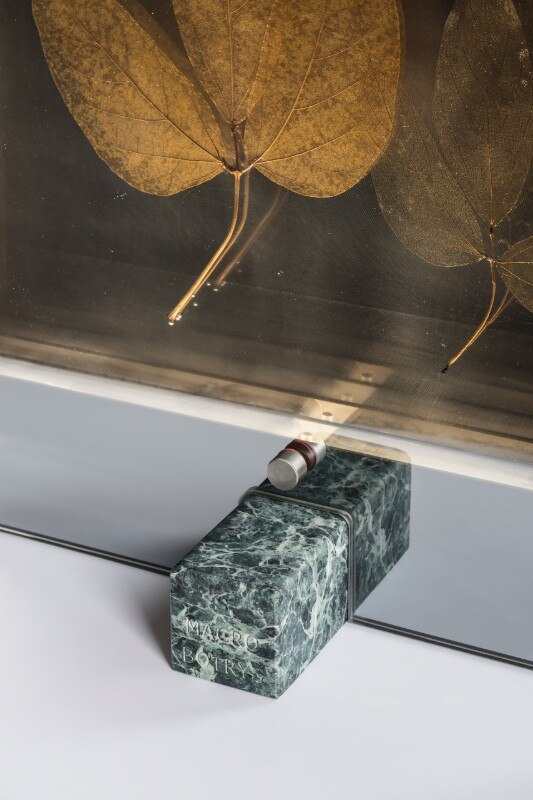
Marco Petroni: Design and science seem two sectors apparently far removed from each other. Yet more and more designers are working in this fascinating area of research. What are their reasons for doing so? What is your interpretation of this specific field?
Gionata Gatto: I think that there is often an interesting parallel between science and design in terms of modus operandi. In both cases, for example, you start from an analytical position and this gradually leads you to formulate speculative hypotheses to explore. This tension towards what does not yet exist or what is not yet known opens both professions up to the idea of “possibility”, even if their methods and objectives are different. What often happens in these projects on the borders between design and science is that new technologies or alternative ways of using existing technologies emerge. This seems to generate motivations on both sides and become an opportunity for trans-disciplinary engagement. In this, designers, scientists and technical instrument manufacturers are working towards satisfying needs that are hardly ever expressed in directly economic terms of interest, but rather in the form of opportunities to shape new sectors of application and so increase the impact of their presence in society and in possible new markets. All these dynamics change as well the way in which designers act and what they can offer these hybrid fields.
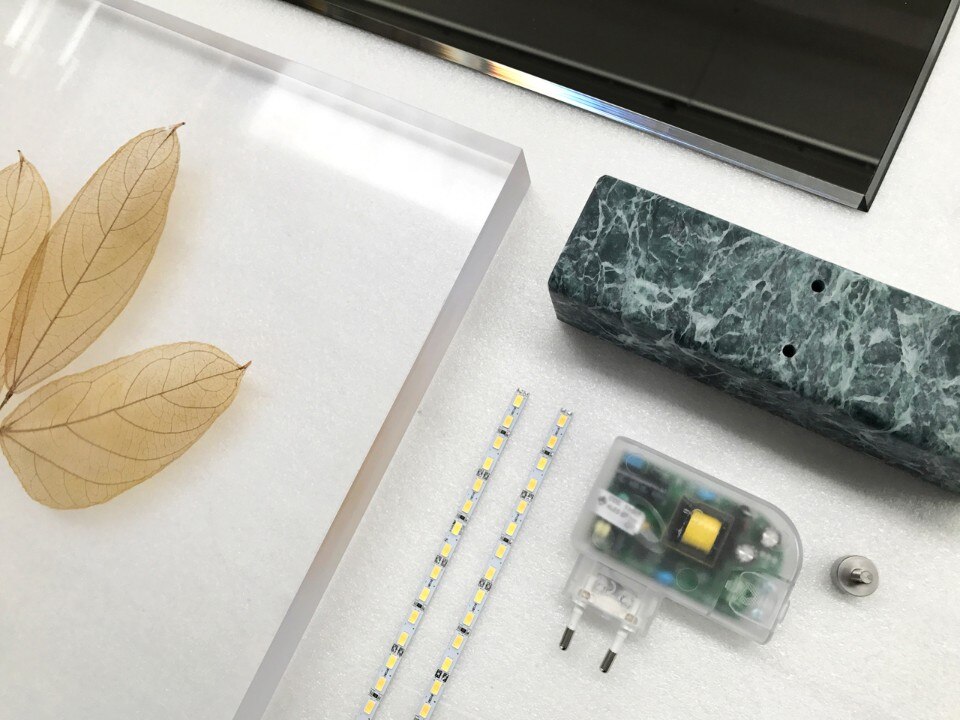
Marco Petroni: Bruno Latour recently said that we needed to rethink the tools we use to interpret contemporary design dynamics. He suggested hybridising disciplines as a strategy for renewal. Do you agree? What is your view on this?
Gionata Gatto: Yes, above all today there are many philosopher-sociologists who are looking to address the question of trans-/inter-/multi-/extra-disciplinarity, even in the field of design. Latour suggests hybridising disciplines because knowledge cannot be seen as a singularity: it is a hybrid product that derives from the connections between a multiplicity of elements. In modern thought, in my view, this is still absolutely unacceptable: the natural world and culture remain dichotomous spheres, much like the past and the present, the public and the private, the rich and the poor. So, I agree on the fact that the western concept of modernity is not intended to leave space for inclusion or the value of the collective. In an outstanding exhibition last year at the ZKM in Karlsruhe, Germany, Latour expressed this thought in a single word: “Reset!”
Marco Petroni: You’re always on the move. It is difficult to place you not only geographically but most of all as a designer. How do you see the future of your profession?
Gionata Gatto: I am always on the move because, to be honest, I am still searching. I tried working in the traditional design context, but each time I tried to deliver products that were producible and sellable, I found myself designing for fictional people or non-existent clients. It might seem arrogant to say this, but I will anyway: reality, frankly, often bores me. It seems to me that, under its “cool” wrapping, the design industry – by which I mean not just the manufacturing system, but also the consumption and fruition of design itself – is afflicted by a mania that triggers mechanisms I don't want to associate myself with.
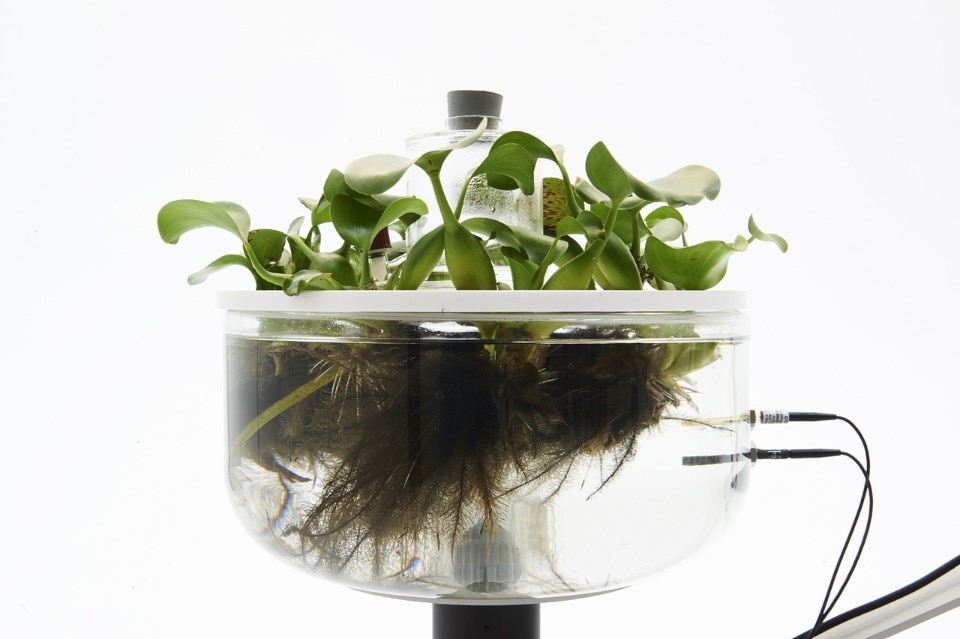
Marco Petroni: Are there designers you follow and whose work you particularly appreciate?
Gionata Gatto: I like how Studio Folder works. They have developed interesting projects on visual and conceptual identity, such as Italian Limes, which is about the topic of borders. Then, I’m always amazed by the motivation and patience of people who design in complex social dynamics. It’s something I see every day when I watch my wife, Alessia Cadamuro, designing. Since the Design Academy, she’s sought to potentiate empathy to generate cohesion in her projects. I have realised that empathy is another very attractive topic, as well as a particularly effective tool for tackling complexity. Then, in a different field, I follow Giulio Iacchetti and his Interno Italiano, though I don’t know Giulio personally. In my view, he is an example of one of those designers who know how to interpret the unexpressed singularities of the Italian manufacturing system.
Marco Petroni: What about future projects?
Gionata Gatto: One of my next projects could involve lichens and their potential to constitute a parameter of geopolitical interpretation. Giovanni Innella and I started to work on this a little while ago. If we can find the resources we need, we would like to start in earnest by the end of the year. Also, in July, I’m starting a course in lichenology in Portugal.
4–9 April 2017
Gionata Gatto: Technofossils
Subalterno1
via Conte Rosso 22, Milan


